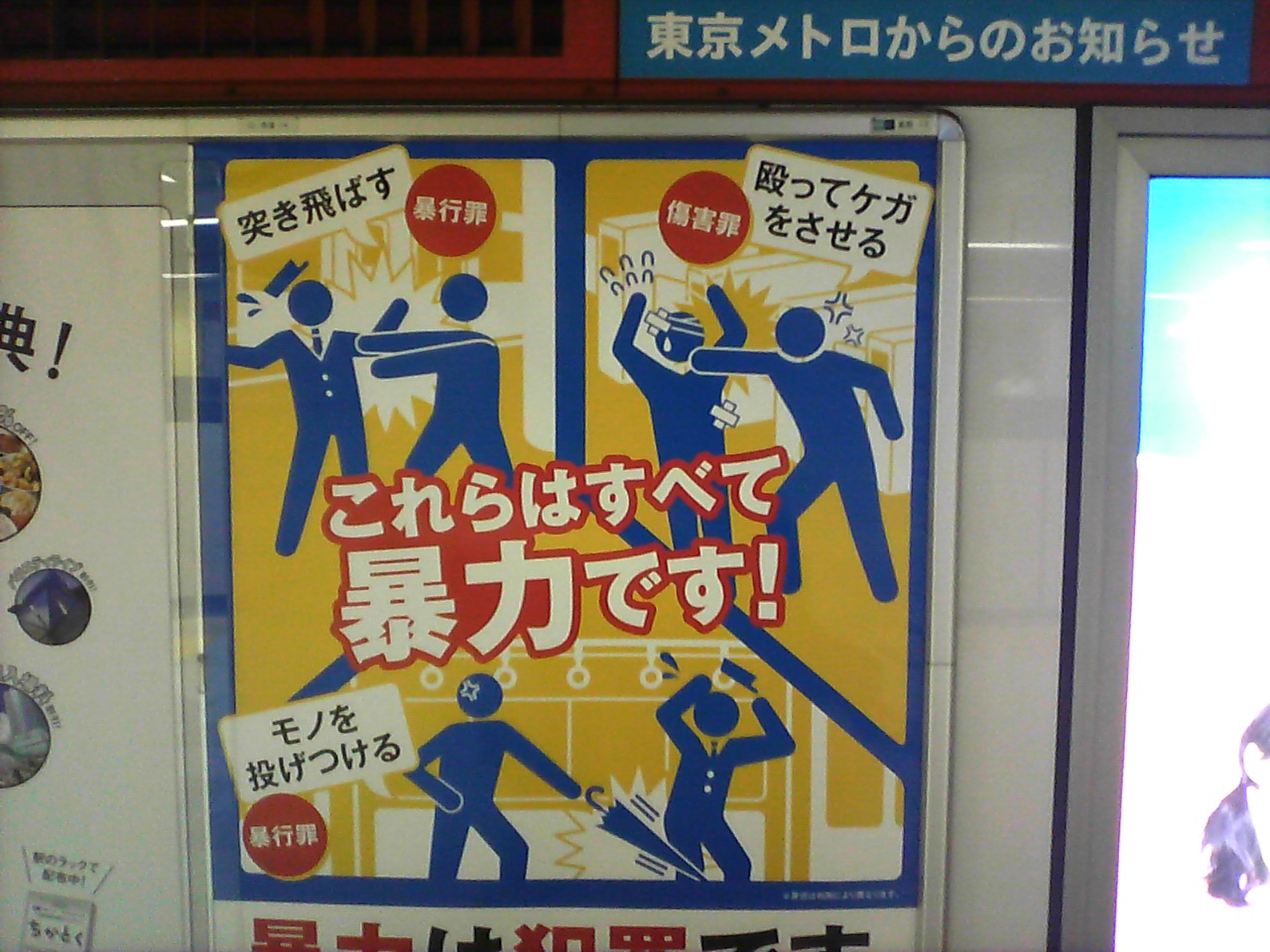If it's not one, it's a crowd. This is, in a nutshell, the basic rule to distinguish between singular and plural in English and most other Western languages. In Japanese the situation is a little different, though, as grammatical marking of plural is optional and — as a result — organized quite a lot less systematically.
The form that finds itself most commonly entrusted with the expression of plurality is the suffix -tachi. It turns 子供 (kodomo, child) into 子供たち (kodomo-tachi, children), 男 (otoko, man) into 男たち (otoko-tachi, men) and 私 (watashi, I) into 私たち (watashi-tachi, we). While this looks fairly straightforward — in fact, it's the English plural forms that are irregular in these three examples — the situation is way more complex.
First off, -tachi normally can be used only with animate referents, ideally human. While ペットたち (petto-tachi, pets) is still acceptable, particularly in this pet-loving society, 電車たち (densha-tachi, trains) is rather weird unless you are talking about Thomas the Tank Engine and his friends. A second point is that -tachi does not faithfully multiply the singular form, but often refers to the group around the tachi person. Thus, when I have a drink with Tarō-tachi, that does not mean I'm going out with many Taros, obviously, but with Taro and his gang. Also, -tachi can be quite inappropriate for persons of higher status. A frequently quoted example is the plural of 先生 (sensei, teacher/doctor/professor), which rather than sensei-tachi, should be 先生方 (sensei-gata).

















With your current subscription plan you can comment on stories. However, before writing your first comment, please create a display name in the Profile section of your subscriber account page.